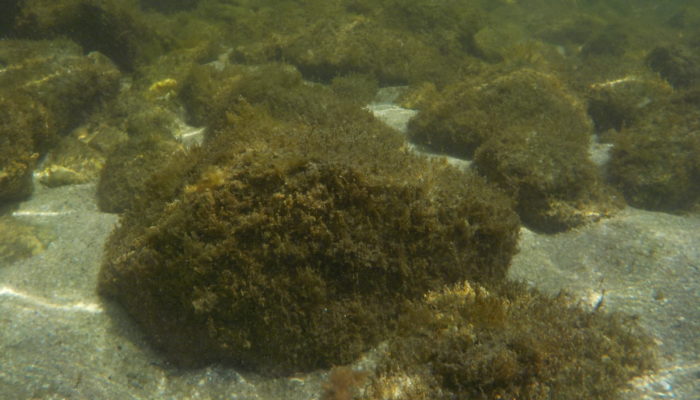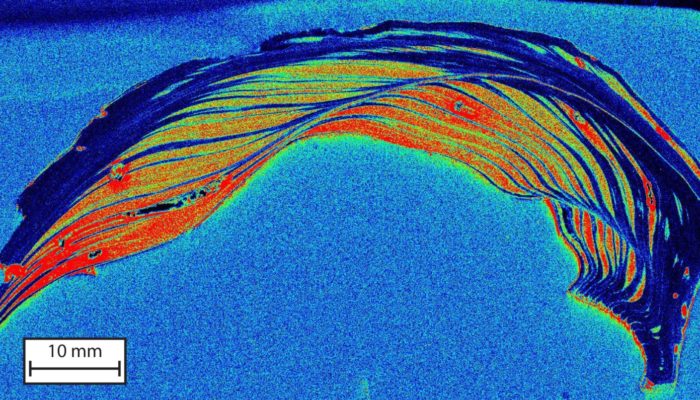The utility of logarithmic scales is nothing new to scientists – yet, sound interpretation of pH changes when comparing settings with different initial pH can be challenging. This blogpost highlights a manuscript by Fassbender et al. [1] that was recently submitted to the journal BG and is currently under open peer review. The pH scale was first published by Søren Peter Lauritz Sørensen in 1909 [2 ...[Read More]
At the heart of biogeochemistry: pH change interpretation & open peer-review








